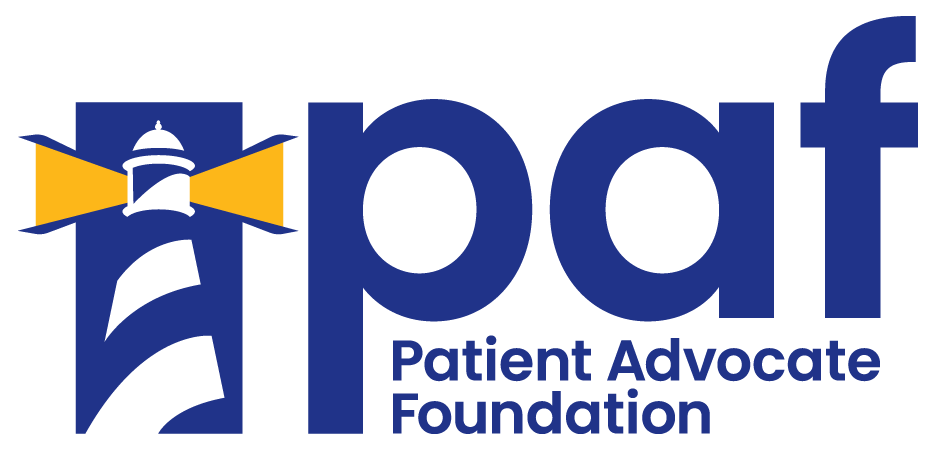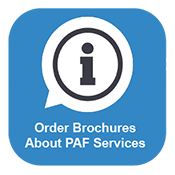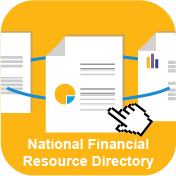Medical Loans vs. Medical Credit Cards
The healthcare finance industry is a little like the wild, wild west. There are finance options available to those that need them but many tend to be open-ended with very high interest rates.
Medical credit card loans tend to be more manageable if the charges are smaller, repetitive transactions. For a larger loan, the payments tend to be harder to keep track of and are much more expensive to pay down because of the interest the loan accumulates. Some companies will offer the first 18 months interest-free. Try to keep an eye out for those options and pay your loan down as much as possible before interest kicks in.
The more common medical card loan options have extremely high interest rates. One of the most well-known medical finance companies, CareCredit has a 26.99% APR on the remaining balance. Its competitor, Citibank, charges 28.99% on their card-holders remaining balance.
Although the patient may experience immediate relief, in the long run, medical loans can be very dangerous financially and loop the patient into a never-ending cycle of payment.
Before signing up for a medical loan, some questions you may want to ask yourself are:
1. What is the APR? Can I afford the payments and the interest?
2. When does the APR begin? Is there a deferment period before you have to pay?
3. Where is your medical loan accepted? Be sure that the treating facility will accept the medical loan you’ve chosen.
4. Are there any penalties for late payments? If so, how much?
Patients choose to receive medical loans when they’re in a bind and can’t afford to pay for treatment or medication. If you decide to rely on medical loans, be sure to read all of the literature and know what you’re responsible for. Investing time and research to learn your options will help your wallet out in the long run.










